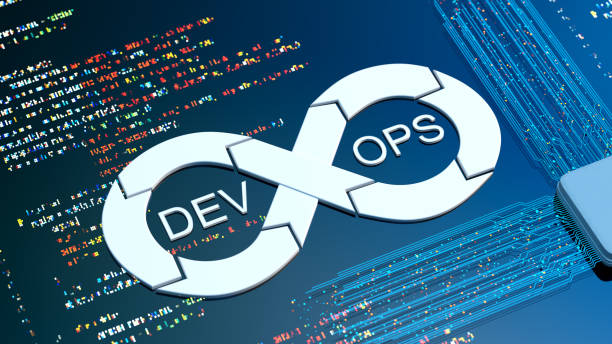DevOps is a methodology that combines software development and IT operations to improve the overall software delivery process. It emphasizes collaboration and communication between different teams to automate software delivery, increase the speed of deployment, and improve the reliability and security of the software.
In today's fast-paced and ever-changing technology landscape, businesses need to be agile and responsive to stay ahead of the competition. DevOps provides the necessary framework to achieve this goal by breaking down silos between development and operations teams and promoting a culture of collaboration and continuous improvement.
In today's fast-paced and ever-changing technology landscape, businesses need to be agile and responsive to stay ahead of the competition. DevOps provides the necessary framework to achieve this goal by breaking down silos between development and operations teams and promoting a culture of collaboration and continuous improvement.
Benefits of DevOps:
- Faster time-to-market: With DevOps, software development and deployment can happen in a matter of hours, rather than weeks or months. This increased speed-to-market helps businesses respond more quickly to changing customer demands and stay ahead of the competition.
- Improved quality: By automating testing and deployment, DevOps reduces the risk of human error and improves the overall quality of the software.
- Increased collaboration: DevOps brings together different teams and stakeholders, including developers, testers, operations, and business stakeholders, to work together towards a common goal. This collaboration helps to ensure that everyone is aligned and working towards the same objectives.
- Better customer experience: With DevOps, businesses can quickly respond to customer feedback and deliver updates and fixes in a timely manner, improving the overall customer experience.
DevOps Principles:
- Continuous Integration (CI): This involves integrating code changes into a shared repository, testing the changes, and automatically building and deploying the software. This process helps to catch bugs and errors early in the development cycle, reducing the risk of delays and rework.
- Continuous Delivery (CD): This involves automating the release of software updates to production environments. This process helps to ensure that software is always in a releasable state, reducing the risk of errors and downtime.
- Infrastructure as Code (IaC): This involves managing infrastructure resources, such as servers, databases, and networks, as if they were code. This approach helps to automate the provisioning and configuration of infrastructure, reducing the risk of errors and improving the reliability of the software.
- Monitoring and Logging: This involves continuously monitoring the software and infrastructure for errors and issues, and logging the results for analysis. This process helps to identify and fix issues quickly, improving the overall reliability and security of the software.
Conclusion
In conclusion, DevOps is a methodology that can help businesses stay competitive by improving the speed, quality, and reliability of their software delivery process. By breaking down silos and promoting a culture of collaboration and continuous improvement, DevOps can help businesses achieve their goals faster and with less risk. By implementing DevOps principles such as continuous integration, continuous delivery, infrastructure as code, and monitoring and logging, businesses can build and deploy software more quickly, reliably, and securely.


